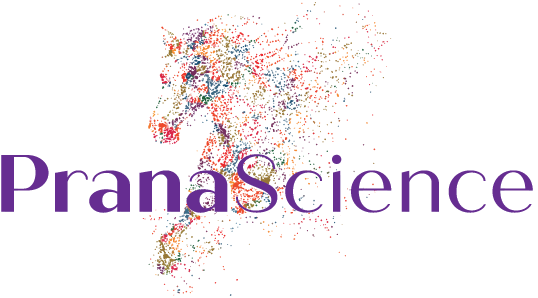Yes, those terms can be used interchangeably. It can also be called breathwork or regulated breathing.
You can practice Asana according to your physical ability. You can do these practices on the floor or in a chair. This practice will improve your breathing and help you prepare for Pranayama; however, even if you cannot perform Asanas, you can still practice Pranayama.
